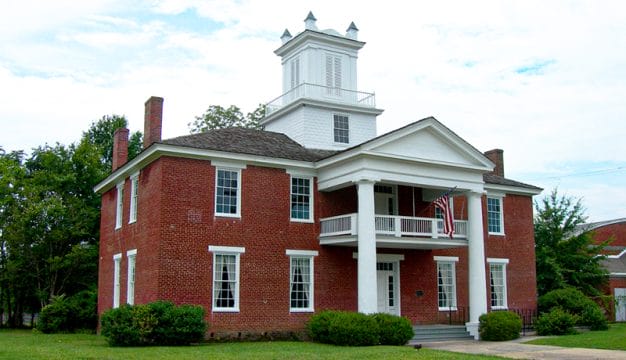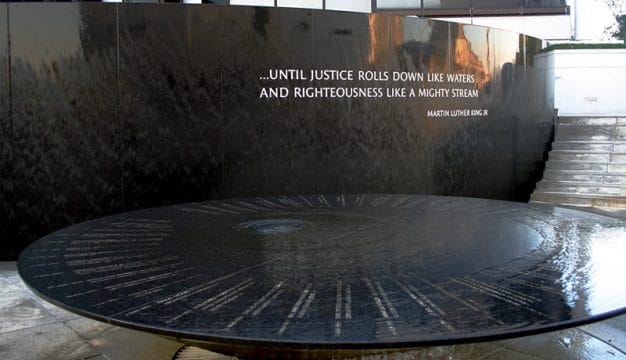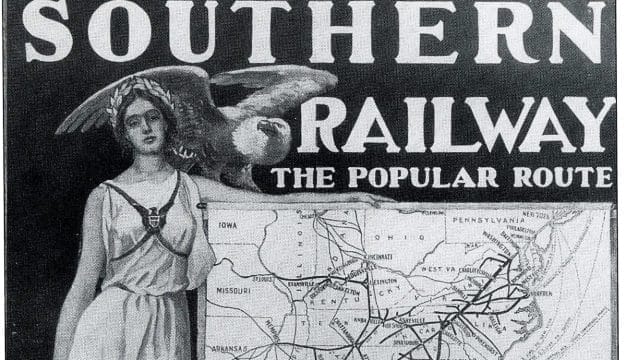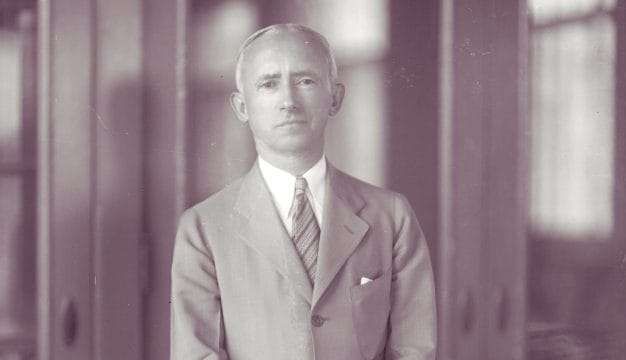University of Alabama at Birmingham Men's Basketball
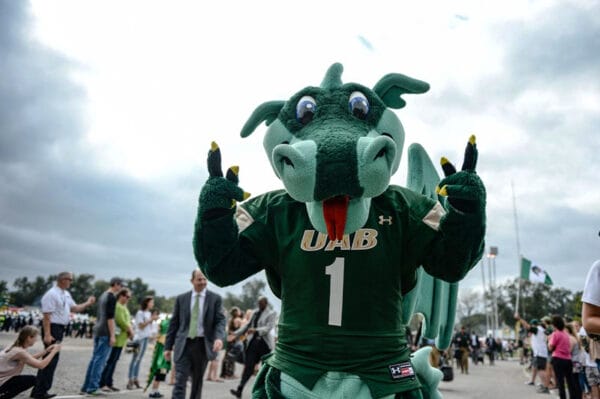 Blaze the Dragon
The University of Alabama at Birmingham (UAB) men’s basketball team was created in the late 1970s and quickly achieved national success and recognition by upsetting heavily favored teams in the National Collegiate Athletic Association (NCAA) national championship tournament. Although the team has not been as consistently successful in recent years as during the 1980s, the UAB Blazers regularly produce winning records and often qualify for postseason play. The Blazers won their first conference championship in 2015 and repeated the feat in 2022. In 2023, the Blazers became the first team from Alabama to appear in the National Invitation Tournament (NIT) championship game. The Blazers won their first Conference USA championship in 2015 and repeated the feat in 2022. In 2023, the Blazers became the first team from Alabama to appear in the National Invitation Tournament (NIT) championship game.
Blaze the Dragon
The University of Alabama at Birmingham (UAB) men’s basketball team was created in the late 1970s and quickly achieved national success and recognition by upsetting heavily favored teams in the National Collegiate Athletic Association (NCAA) national championship tournament. Although the team has not been as consistently successful in recent years as during the 1980s, the UAB Blazers regularly produce winning records and often qualify for postseason play. The Blazers won their first conference championship in 2015 and repeated the feat in 2022. In 2023, the Blazers became the first team from Alabama to appear in the National Invitation Tournament (NIT) championship game. The Blazers won their first Conference USA championship in 2015 and repeated the feat in 2022. In 2023, the Blazers became the first team from Alabama to appear in the National Invitation Tournament (NIT) championship game.
The UAB basketball team was created along with the UAB athletic department in 1977. Gene Bartow, at the time the head coach at the University of California at Los Angeles (UCLA), was hired by UAB to be the school’s first head basketball coach and athletic director, a significant accomplishment for the new program.
UAB’s first game was held on November 24, 1978, as a member of the Sun Belt Conference. The Blazers lost to the University of Nebraska 64-55 in front of a crowd of 14,800 people at the Birmingham–Jefferson Civic Center, which was the team’s home arena for its first 10 seasons. Forward Stan Scales scored the first points in UAB history, making a layup less than two minutes into the game. The Blazers won their first game the following day, defeating San Francisco State 67-51. The team finished with a 15-11 record that season, the first of 16 consecutive winning seasons.
In the 1979-80 season, the Blazers posted an 18-12 record in the regular season and made the postseason NIT. The Blazers’ first postseason experience ended with a 74-72 loss to Southwestern Louisiana (present-day Louisiana-Lafayette) in the NIT’s opening round.
 Bartow Arena at UAB
UAB gained national recognition the following year when the team went 23-9, won the Sun Belt Conference, and qualified for the NCAA Tournament, an impressive feat for a third-year program. The Blazers went on to surprise most college basketball observers by winning two games in the tournament, including a 69-62 victory over traditional powerhouse University of Kentucky. UAB lost the following week, 87-72, to the University of Indiana, the eventual national champion, in the regional semifinals (known as the Sweet 16) round of the NCAA Tournament.
Bartow Arena at UAB
UAB gained national recognition the following year when the team went 23-9, won the Sun Belt Conference, and qualified for the NCAA Tournament, an impressive feat for a third-year program. The Blazers went on to surprise most college basketball observers by winning two games in the tournament, including a 69-62 victory over traditional powerhouse University of Kentucky. UAB lost the following week, 87-72, to the University of Indiana, the eventual national champion, in the regional semifinals (known as the Sweet 16) round of the NCAA Tournament.
In the 1981-82 season, UAB once again qualified for the NCAA Tournament, where they upset defending champion University of Indiana 80-70. The team followed that up with an equally stunning 68-66 victory over the University of Virginia, a team that featured NCAA Player of the Year Ralph Sampson and was a favorite to win the championship. The Blazers needed only one more victory to reach the tournament’s national semifinal (Final Four), but their unexpected run ended with a 75-68 loss to the University of Louisville. Guard Oliver Robinson, who four years earlier had been the first player to receive a basketball scholarship from UAB, was named to the national All-American team for his performance during the 1981-82 season.
In the 1980s, UAB qualified for the NCAA Tournament seven consecutive years and won the Sun Belt Conference championship five times but never achieved their initial level of success. One of the team’s most successful players during that time was guard Steve Mitchell, who played for UAB from 1982-86 and scored a record 1,866 points. Mitchell helped lead the Blazers to first-round victories in the NCAA Tournament in both 1985 and 1986.
After slumping to a 16-15 record in the 1987-88 season, UAB rebounded with two important accomplishments the following season. On December, 3, 1988, the Blazers played to a near capacity crowd in their first game in a new, 8,500-seat on-campus facility called UAB Arena, defeating Vanderbilt University 76-69. Although the Blazers once again failed to make the NCAA Tournament, the team did play in the NIT and advanced to that tournament’s national semifinal (Final Four) in New York City, where it finished third. The entire UAB athletic program moved from the Sun Belt Conference to the new Great Midwest Conference beginning with the 1991-92 season. The Great Midwest eventually evolved into Conference USA in 1995, and for several years the Blazers were competing regularly against such nationally known programs as the University of Louisville, the University of Cincinnati, Marquette University, and DePaul University.
One of the most famous games in UAB history occurred on March 18, 1993, in the opening round of the NIT. For the first and still only time, the Blazers played the University of Alabama in men’s basketball. UAB won the highly anticipated match-up 58-56. That victory helped propel the Blazers to another trip to New York for the NIT Final Four, where they once again finished third. Success in the more prestigious NCAA Tournament, however, continued to elude the team. In addition, UAB had its first losing season in 1994-95, dropping nine of its final 14 games to finish with a 14-16 record. A loss to Auburn University during that season was later declared a victory by forfeit because Auburn violated NCAA rules, so in the record books UAB officially finished 15-15 that season. UAB and Auburn have played fairly frequently, with the victory often going to the home team.
 UAB Men’s Basketball
The following season, UAB lost six of its final eight games and finished 16-14 in 1996; Gene Bartow retired as the team’s head coach that spring. While at UAB, Bartow compiled a 366-203 record; the UAB Arena was renamed in his honor in 1997. He was replaced as head coach by his son, Murry Bartow, who had spent seven seasons at UAB as an assistant coach. The hiring of Murry Bartow was controversial because he was only 34 years old and had never been a head coach. He had some initial success, leading the team to NIT berths in each of his first two seasons. Then in the 1998-99 season, he took the Blazers to the NCAA Tournament for the first time in five years, but lost in the opening round to the University of Iowa, 77-64. During the next three seasons, however, the Blazers had a winning record only once and were not invited to the postseason tournaments. After UAB went 13-17 in 2002, Bartow resigned as head coach.
UAB Men’s Basketball
The following season, UAB lost six of its final eight games and finished 16-14 in 1996; Gene Bartow retired as the team’s head coach that spring. While at UAB, Bartow compiled a 366-203 record; the UAB Arena was renamed in his honor in 1997. He was replaced as head coach by his son, Murry Bartow, who had spent seven seasons at UAB as an assistant coach. The hiring of Murry Bartow was controversial because he was only 34 years old and had never been a head coach. He had some initial success, leading the team to NIT berths in each of his first two seasons. Then in the 1998-99 season, he took the Blazers to the NCAA Tournament for the first time in five years, but lost in the opening round to the University of Iowa, 77-64. During the next three seasons, however, the Blazers had a winning record only once and were not invited to the postseason tournaments. After UAB went 13-17 in 2002, Bartow resigned as head coach.
Birmingham native Mike Anderson became head coach in 2002, the first African-American head basketball coach at a Division I school in Alabama. Anderson had been an assistant coach at the University of Arkansas for Nolan Richardson, who used a fast-paced offense and employed constant pressure on defense. Anderson brought that style of play to UAB, where it was dubbed “The fastest 40 minutes in basketball.”
In his first season, Anderson led UAB to a 21-13 record and a berth in the NIT where the team lost in the quarterfinal round. The Blazers went 22-10 the following season and made the NCAA Tournament, defeating the University of Washington 102-100 in the opening round, the Blazers’ first NCAA Tournament victory in 18 years. Two days later, a last-second shot by guard Mo Finley earned UAB a 76-75 upset victory over top-seeded University of Kentucky, advancing the Blazers to the Sweet 16 for the first time in 22 years. Finley was on the cover of Sports Illustrated the week after the victory over Kentucky, and Mike Anderson was named Conference USA Coach of the Year. UAB, however, lost badly to the University of Kansas, 100-74, in its next game in the tournament.
The Blazers made the NCAA Tournament each of the next two seasons, but they were unable to duplicate their earlier success under Anderson. UAB lost in the second round of the tournament in 2005 to the University of Arizona, 85-63, and in the first round in 2006 to the University of Kentucky, 69-64.
Anderson left UAB after the 2006 NCAA Tournament to become the head coach at the University of Missouri. He was replaced by Alabama native Mike Davis, who had coached Indiana University to the NCAA national championship game in 2002. Davis took UAB to the NIT in 2008-2010 and to the NCAA tournament in 2011, continuing the Blazers’ longstanding tradition of making postseason play. That season, UAB had a conference-best record of 12-4 and an overall record of 22-9.
In March 2012, North Carolina assistant coach Jerod Haase was named UAB head coach. During the 2014-2015 campaign, in his third year, the Blazers won its first conference championship with a 73-60 win over Middle Tennessee State and made it to the third round of the NCAA Tournament, defeating Iowa State 60-59 before falling to the University of California, Los Angeles 92-75. The team followed that success up with another conference-best record of 16-2, but lost in the first round of the NIT to Brigham Young University 97-79. In 2016, Haase left UAB for Stanford and was replaced by assistant coach Robert Ehsan, who did not achieve the same level of success in his first three seasons. He was replaced in 2020 by Andy Kennedy (UAB class of 1991), who holds several school records. In 2020-2021, UAB posted a 22-7 record and followed that with a 27-8 record, an 82-73 conference championship win over Louisiana Tech, and an NCAA tournament bid, losing in the first round 82-68 to the University of Houston. In the 2022-2023 campaign, UAB continued to excel, going 29-9. The Blazers lost in the conference final 78-56 to Florida Atlantic University, which then made a strong run in the NCAA tournament, reaching the Final Four. Accepting an NIT bid, the Blazers advanced steadily to their third Final Four berth with a 67-59 victory over Vanderbilt University and to its first ever final with an 88-86 overtime win against Utah Valley University. The team fell short in the final, however, losing 68-61 to the University of North Texas, also a member of Conference USA. UAB joined the American Athletic Conference in July 2023.
